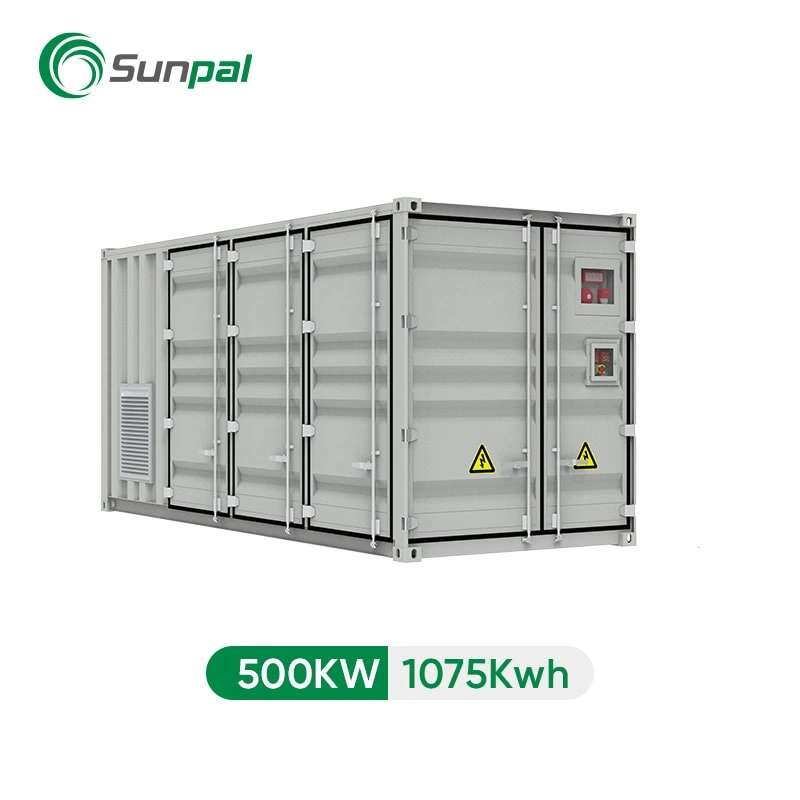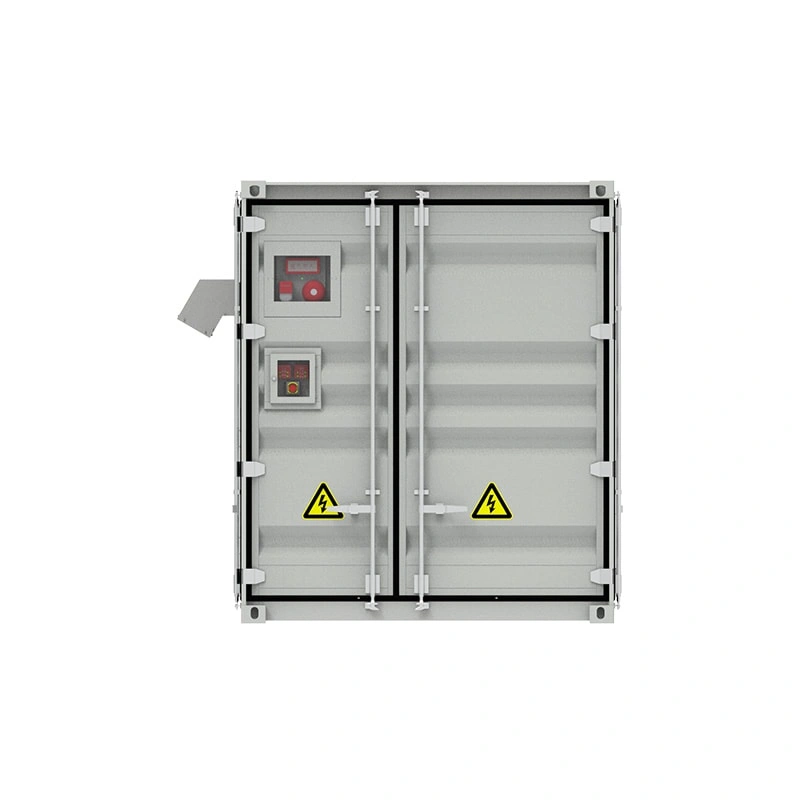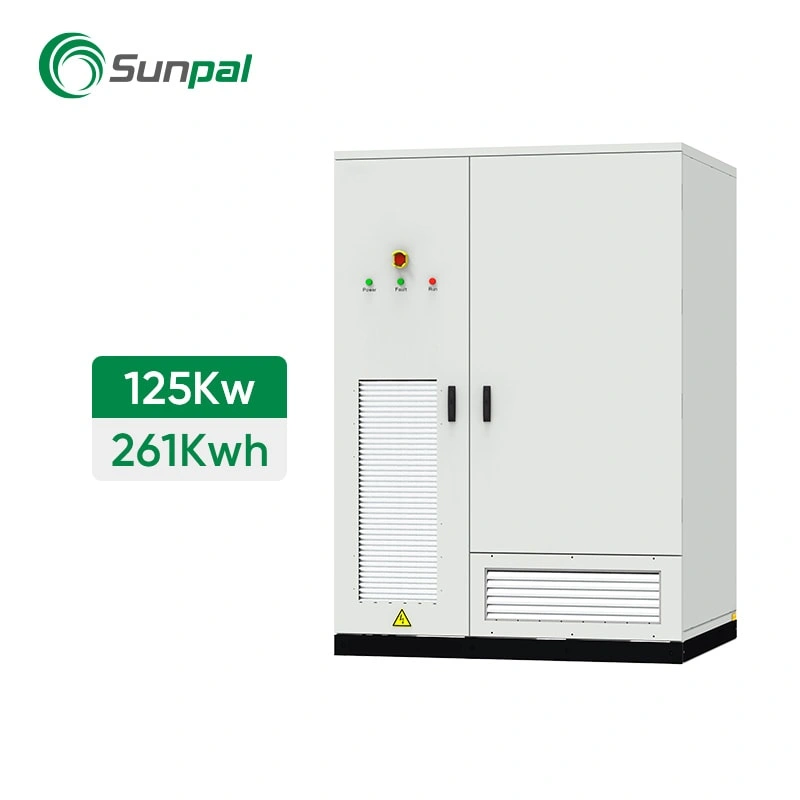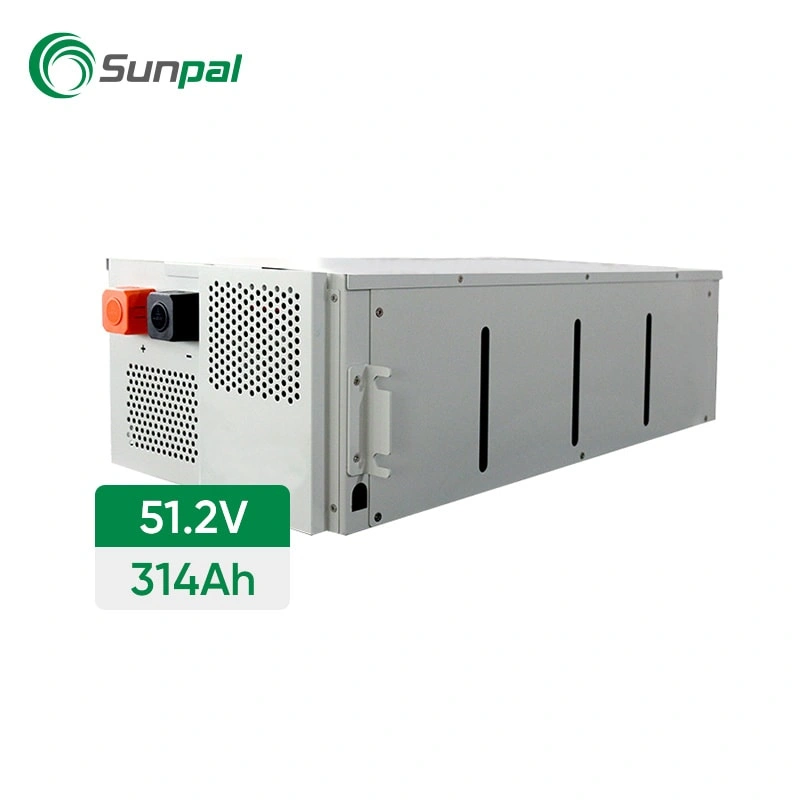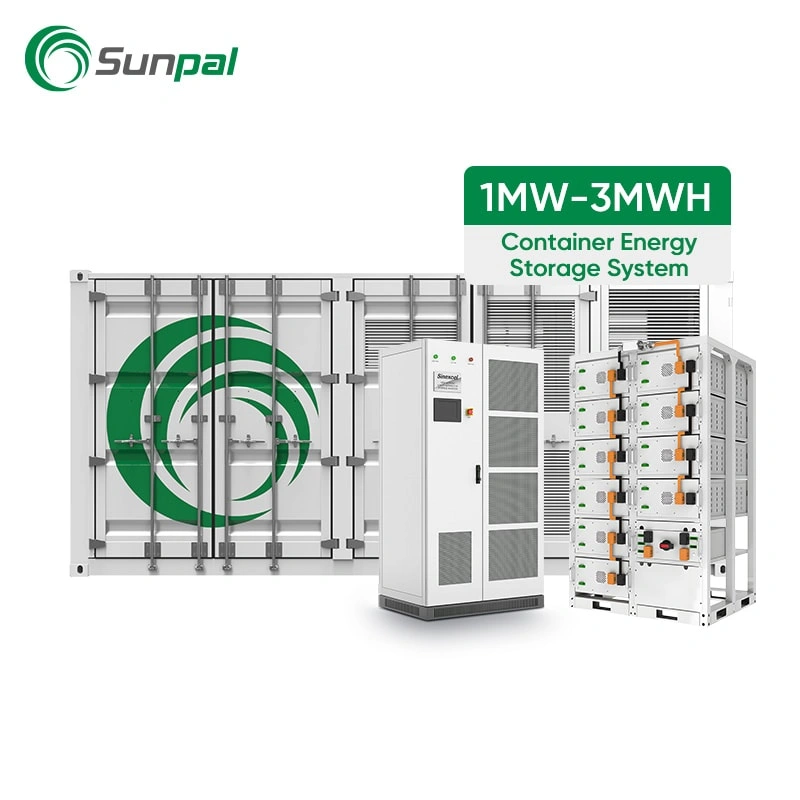No, a 500 kWh battery capacity is excessive for residential use. The average apartment consumes only 20 to 60 kWh per day. A 500 kWh system is typically designed for commercial, industrial, or utility-scale applications.
Installing such a system in an apartment is impractical, due to limitations related to space, weight, and cost.
A capacity of 500 kWh is exceptionally high. Most residential batteries have individual capacities ranging from only 20 - 60 kWh. A 500 kWh capacity is typically designed for industrial, commercial, or utility-scale applications.
Space Requirements: These systems require large, well-ventilated areas, typically warehouses or dedicated rooms, rather than apartment units.
Energy Consumption: The average apartment consumes approximately 20-60 kWh per day. A 500 kWh system could theoretically power an apartment for 1-3 weeks, representing significant excess capacity.
Cost: Systems of this scale can cost about 4,5000 dollars, far exceeding the practical budget for residential use.
Technical Specifications
This system includes the following features:
Capacity: 500 kW power output, 250 kWh energy storage capacity
Design: Compact dual-container configuration for versatile deployment
Certification Standards: UL 1741 SA, UL 9540, CSA 22.2, UN 3536, UN 38.3, IEEE 1547
Deploying a 500 kWh battery system offers numerous advantages
Cost Reduction: Reduces energy bills by minimizing peak demand charges.
Energy Independence: Enhances power reliability by storing energy during off-peak hours.
Sustainability: Reduces the carbon footprint and supports green energy initiatives.
Scalability: Seamlessly integrates with existing renewable energy systems.
This system is suitable for the following applications
Commercial Buildings: Office towers, retail centers, and mixed-use developments.
Industrial Facilities: Manufacturing plants and warehousing centers.
Educational Institutions: K-12 schools and higher education campuses.
Remote Areas: Locations requiring off-grid power solutions.
Is a 500 kWh Battery Energy Storage System Right for Your Business?
A 500 kWh Battery Energy Storage System is ideal for businesses aiming to reduce energy costs, improve grid reliability, and accelerate ROI.
Sunpal’s system is designed for commercial and industrial clients with high energy demands. It integrates seamlessly with our PV modules (PERC, TOPCon, HJT) and supports both grid-connected and off-grid setups, enabling peak shaving, demand charge management, and backup power.
With Sunpal’s optimized design and vertically integrated manufacturing, clients often achieve payback in 4–6 years. Rising electricity prices and time-of-use tariffs further increase the financial benefits of storing solar energy off-peak and using it during peak hours.
With over 10 GW installed across 100+ countries and full global certifications, Sunpal delivers a reliable, future-proof energy asset that supports sustainability and boosts your bottom line.
Contact Sunpal today for a customized ROI analysis based on your facility’s load and local utility structure.





